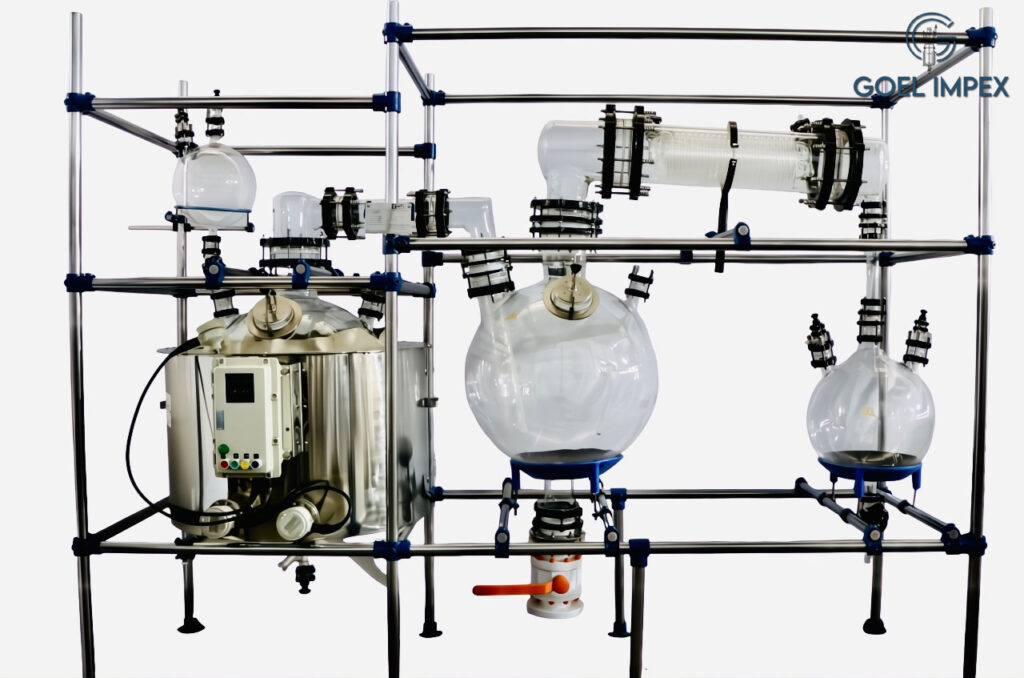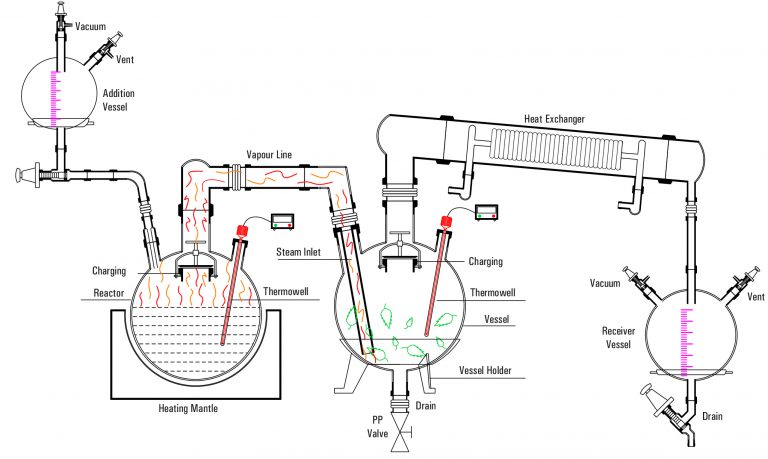Essential oils have been used for centuries for their therapeutic and aromatic benefits. These natural plant extracts are widely utilized in aromatherapy, cosmetics, and medicine. However, extracting essential oils requires specific techniques to preserve their purity and potency. In this guide, we will explore the most effective essential oil extraction methods.
What is Essential Oil Extraction?
Essential oil extraction is the process of obtaining natural aromatic compounds from plants. The method used can impact the quality, aroma, and therapeutic benefits of the oil. Choosing the right extraction technique is crucial for producing high-quality essential oils.
Common Essential Oil Extraction Methods
1. Steam Distillation
Steam distillation is one of the most popular and traditional methods used for extracting essential oils. In this process:
- Steam is passed through plant materials.
- The heat releases essential oil molecules.
- The vapor (steam and oil) is condensed into liquid form.
- The essential oil is then separated from the water.
This method is widely used for plants like lavender, peppermint, and eucalyptus.
2. Cold Press Extraction
Cold press extraction, also known as expression, is commonly used for citrus fruits like lemon, orange, and bergamot. This technique involves:
- Mechanically pressing the peels of the fruit.
- Collecting the released essential oil.
- Filtering the oil to remove impurities.
Since this method does not use heat, it helps preserve the natural aroma and properties of citrus oils.
3. Solvent Extraction
Solvent extraction is used for delicate flowers like jasmine and rose, which may be damaged by heat. The process involves:
- Using a solvent (such as ethanol or hexane) to dissolve essential oils from plant materials.
- Removing the solvent to leave behind a concentrated extract known as “absolute.”
- Further refining to obtain pure essential oil.
Although effective, solvent extraction may leave trace amounts of solvents in the final product.
4. CO2 Extraction
CO2 extraction is a modern and efficient method that uses carbon dioxide (CO2) as a solvent. The process includes:
- Pressurizing CO2 into a supercritical state.
- Passing it through plant material to extract essential oils.
- Returning CO2 to its gaseous state, leaving pure essential oil behind.
This method preserves the full spectrum of plant compounds and produces high-quality essential oils.
5. Hydro Distillation
Hydro distillation is similar to steam distillation but involves submerging plant material in boiling water. The process includes:
- Heating water to produce steam.
- Extracting essential oils along with steam.
- Condensing the mixture into a liquid.
- Separating essential oil from water.
This method is commonly used for extracting essential oils from roots, seeds, and bark.
6. Enfleurage
Enfleurage is an ancient technique used for extracting essential oils from delicate flowers. This slow and labour-intensive method involves:
- Placing flower petals on a layer of fat.
- Allowing the fat to absorb the essential oil over time.
- Extracting the oil from the fat using alcohol.
Though rarely used today due to its complexity, enfleurage remains a valuable technique for preserving delicate floral fragrances.
Choosing the Right Essential Oil Extraction Method
The choice of extraction method depends on several factors, including:
- Type of Plant Material: Some methods work better for specific plants (e.g., cold press for citrus, steam distillation for herbs).
- Purity Requirements: CO2 extraction produces pure and solvent-free oils.
- Commercial vs. Small-Scale Production: Solvent extraction and CO2 extraction are preferred for large-scale production, while steam distillation is widely used for small-scale production.
- Therapeutic Properties: Some methods retain more of the plant’s active compounds, enhancing their therapeutic benefits.
The Importance of High-Quality Essential Oils Extraction
Using high-quality essential oils ensures maximum benefits in aromatherapy, skincare, and natural remedies. When purchasing essential oils, consider the following:
- Purity: Ensure the oil is 100% pure without additives.
- Extraction Method: Choose oils extracted using methods that retain beneficial compounds.
- Source: Buy from reputable manufacturers who use high-quality raw materials.
Final Thoughts
Essential oil extraction is a fascinating and intricate process that determines the purity and effectiveness of the final product. Understanding different extraction methods can help in selecting the best essential oils for various applications.
For high-quality essential oil extraction equipment and solutions, consider trusted brands like Goel Impex. Whether you are a small-scale producer or a large manufacturer, choosing the right extraction method is key to obtaining the best results.
By selecting the right technique and ensuring proper handling, you can enjoy the full benefits of nature’s aromatic treasures.







